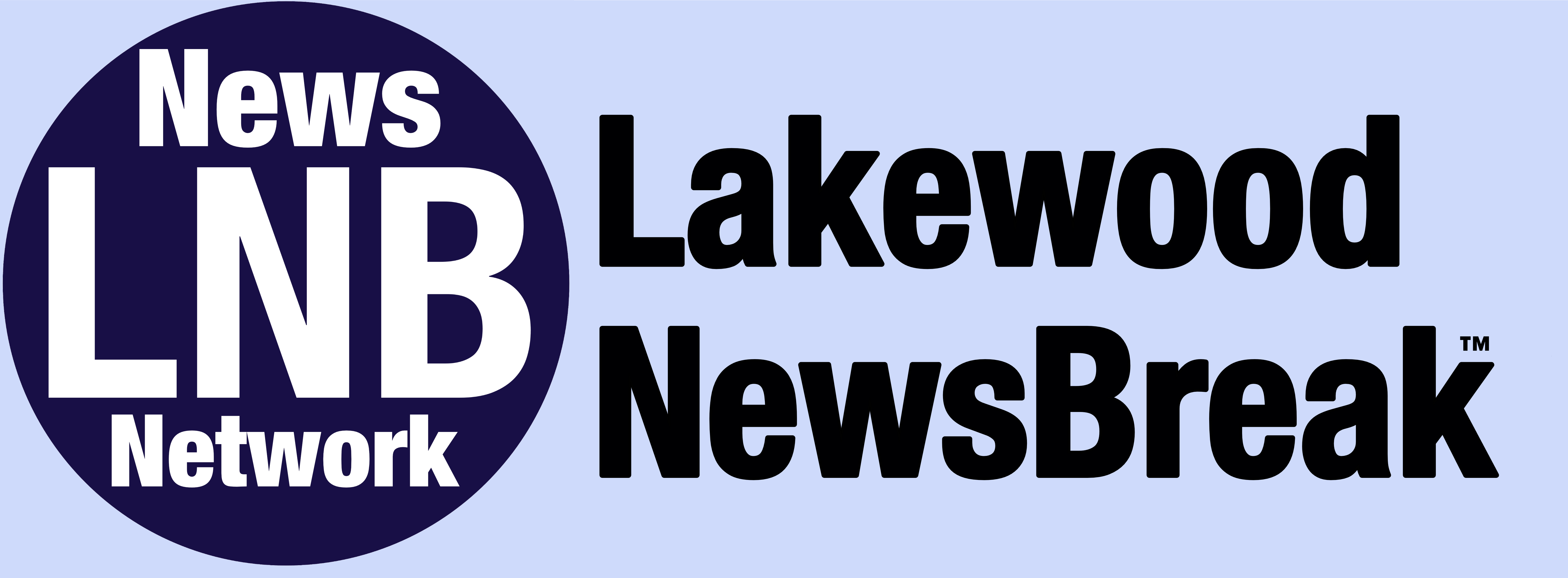Autocracy Crushed My Alma Mater. Then I Got to Columbia.
Smolny College is a warning.

When my university, Columbia, recently capitulated to President Donald Trump’s $400 million ultimatum, I felt a creeping sense of déjà vu. I had seen this before—in Russia.
Before coming to Columbia as a grad student, I went to Smolny College, a small liberal-arts school in St. Petersburg. The Smolny I knew was one of Russia’s few independent colleges; students and faculty had extraordinary autonomy, which they often used to challenge the government. Then Russian authorities intervened, and my alma mater started unraveling.
Smolny’s story offers a warning that Columbia must heed while it still has the chance: When autocrats realize they can manipulate a school, they won’t stop until they have total control.
Before Smolny was a college, it was an experiment. A few years after the Soviet Union collapsed, Leon Botstein, the president of Bard College, in New York, paid a visit to St. Petersburg State University. Professors at SPSU—one of Russia’s most prestigious universities—had proposed partnering with Bard. Botstein liked the idea, so he went to speak with the faculty about what he thought Russia and the West could learn from each other. Apparently, he left an impression: Professors quoted him to one another long after he left.
[Garry Kasparov: How America can avoid becoming Russia]
Inspired by Botstein’s visit, SPSU joined with Bard to create a liberal-arts program that grew into Smolny. George Soros’s newly established Open Society Foundations funded the initiative, and Russia’s finance minister, Alexei Kudrin, offered early political support. After Kudrin became dean in 2011, Smolny matured into a true liberal-arts college, offering a dual SPSU–Bard degree and majors including literature, economics, and computer science. The school enrolled some 600 students, attracted Western grants, amassed an endowment, hired ideologically diverse faculty, and hosted much broader political debate than could be found on most Russian campuses.
Nikolay Kropachev, the head of SPSU, looked on with increasing alarm. Both he and Kudrin had ties to the government—President Vladimir Putin decides whether to renew Kropachev’s appointment—but the Kremlin eventually came to view Kudrin as a liberal outsider, someone who couldn’t be relied on to enforce orthodoxy. So that job fell to Kropachev. His “position was that Smolny was a complete disgrace and had to be shut down,” Dmitry Dubrovsky, the founder of Smolny’s human-rights program, told me. One of the university’s principal concerns was the Smolny faculty, which often criticized SPSU’s administration. Indeed, Dubrovsky himself had publicly attacked a university policy that required professors to submit their work to administrators before publishing or presenting it abroad. (In 2015, SPSU sent Dubrovsky a renewal contract that he said didn’t reflect the provisions he’d agreed to. The school fired him for refusing to sign.)
In early 2021, Kudrin announced that Smolny would separate from SPSU. “Our education model differs from the one used at SPSU,” he said at the time, rather diplomatically. But before the divorce took effect, a pro-Kremlin group persuaded the Russian state prosecutor’s office to investigate Smolny’s ties to Soros, whose NGOs had been outlawed in the country. The group alleged that Soros and Bard were using Smolny to turn Russia’s youth into a “protest electorate” with a “pro-Western” and “hostile ideology towards their own country.” SPSU cooperated with the prosecutors, who determined that Bard posed a “threat to the foundations of the constitutional order and security of the Russian Federation.” Instead of separating from SPSU, Smolny was forced to part ways with Bard, losing out on funding as well as the schools’ student-faculty exchange. Graduates began receiving standard SPSU diplomas rather than dual degrees.
Julia, a Smolny student at the time, was baffled by the response among her professors. (She requested that we use only her first name to speak candidly about them.) “We need to prove that Smolny is independent and distinct from Bard—that it is authentically Russian,” Julia recalls her teachers saying. “I was like, What are you talking about?” she told me. “It was some kind of instant resignation. But you taught us differently!”
The crackdown intensified in the fall of 2021, when Russian authorities arrested Michael Freese, a Smolny professor and an American citizen who had helped manage the school’s partnership with Bard. They detained Freese on his way to campus, held him for three days, revoked his visa, and deported him. In a signal of the tightening relationship between higher education and the regime, Kropachev signed a joint letter in 2022 endorsing Putin’s full-scale invasion of Ukraine and praising the role of universities as “the backbone of the state.”
Over the next year, Smolny purged dozens of professors, including one who was fired for joining an anti-war protest. Meanwhile, SPSU conducted a review of Smolny’s curriculum, finding that its classes were “highly ideological” and representative of “the worst Western stereotypes.” Kudrin stepped down voluntarily, at least in the university’s telling.
Soon enough, administrators aligned with SPSU took his place. They would undertake “just a few corrections to the curricula,” one of them wrote on social media. Instead, Smolny swapped out discussion-based seminars for lectures and cut the number of electives from 129 to 10. The administration also reduced the school’s 12 majors to seven and gave them new names such as “Literature in the Context of Culture,” “Economics of Culture,” and “Music in the Context of Culture.” (“Culture in the context of culture” became a sneering refrain on campus.) Sensing that the changes posed an existential threat to the school, students started a “Save Smolny” campaign. Two were expelled after an academic committee decided to fail them.
Today, the Smolny I knew survives only in fragments. The school has maintained its size but now attracts only half the applicants it once did. With help from Bard, a group of former professors founded Smolny Beyond Borders, an initiative that offers online classes outside the reach of SPSU administrators and Kremlin bureaucrats. An alum recently told me that in order to teach an uncensored seminar, she had to sneak onto campus.
Last spring, I heard an exiled Russian journalist, Elena Kostyuchenko, talk about the pro-Palestine protests roiling Columbia’s campus. “If I studied or worked there, I would stand beside the protesting students now,” Kostyuchenko said at a conference, one week after police began arresting demonstrators. “Not because I agree with their opinion. But because I know what happens when you don’t defend another’s opinion. The day after, you yourself won’t be allowed to speak out.”
[Garry Kasparov: The Putinization of America]
A year later, the Trump administration announced that it was canceling $400 million in federal grants to Columbia, ostensibly because the school had failed to curb anti-Semitism. The next day, March 8, immigration authorities arrested Mahmoud Khalil, a Palestinian activist and recent Columbia graduate. Many of my international peers became afraid to join protests or even come to campus, especially after Department of Homeland Security agents scoured two student residences. Then the government sent a list of demands to the school. Columbia mostly obliged, empowering campus-security officers to arrest students, for example, and placing the Middle Eastern, South Asian, and African Studies Department under review—all in hopes of getting the $400 million back.
It didn’t work; the money is still gone. And now the White House is reportedly planning to pursue a consent decree, which could effectively allow Trump to enforce his demands via the courts. Even though Columbia remains more insulated from state power than Smolny, the concerns I hear from my peers in America have begun to sound a lot like what I heard from my peers in Russia.
Last year, Kostyuchenko’s warning that authoritarian forces could sway Columbia seemed far-fetched. I admit that I didn’t quite believe her. I do now.










